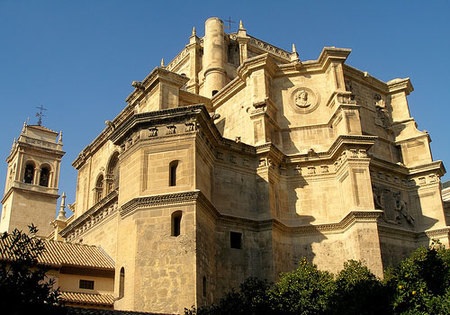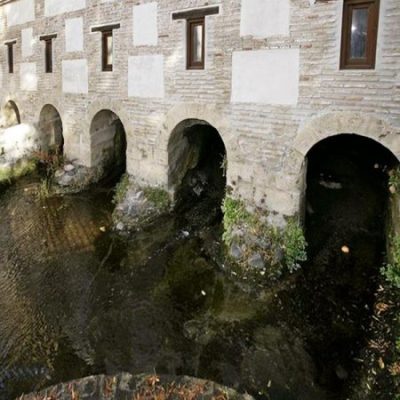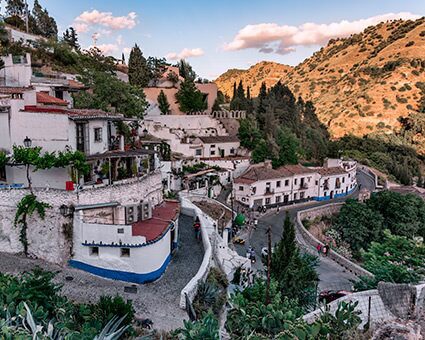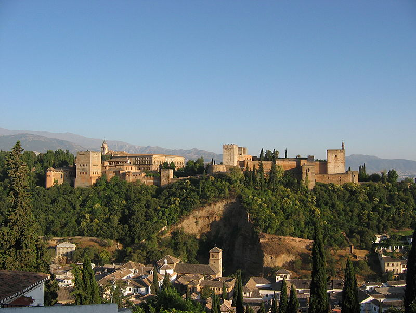Demonstration Case B in the city of Granada (Spain)
In Granada there are around 2,000 monumental buildings with various preservation-related problems. Near Granada we can see what could be one of the first domes in the history of construction, Tholos de El Romeral, built around 3000 BC. Several tribes and cultures have been around in the area. Granada county has the first diocese (seat of the bishop) in Spain. Granada has been Islamic during the period 711-1492 AD. In Granada city few constructions before the Islamic occupation period remain, although several constructions from the time of the Islamic period are still standing, especially in the Albayzín.
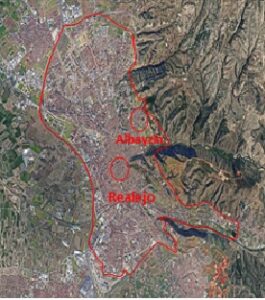
General description of the historic area section considered for the demonstration activities
The following areas will be considered: ⁕ the Albayzín area is the best-preserved illustration of a Hispano-Muslim city in Spain, enriched with the contributions of Christian Renaissance and Spanish Baroque culture. Until 1990, the lack of global policy provoked the inadequate use of materials and techniques for some restorations. Nowadays these defects are being rectified and reverted. Problems are reported due to CC, e.g., new differential settlement. * El Realejo was mainly a Christian expansion after Granada was reconquered. It owns many palaces and churches, mainly built with limestone and bricks, constantly being restored. Several types of structural elements are present in the CH of Granada city: rammed earth, bricks, stone (limestone), timber, bricks and mortar. Rammed earth construction (locally named as “tapial”) was widely used during the Islamic period of Granada. This type of construction is highly vulnerable to the changes in the cycles of humidity. The local limestone from Sierra Elvira is widely used in Granada. The main characteristic of this limestone is its durability, generating a great difference in the preservation conditions of the different parts of the CH structures when this limestone is used. Special attention will be paid to the Wall of San Miguel, from Nasrid Period (1230-1492), located at the west side
Current equipment/infrastructure availableof the Albayzín. It is a rammed earth wall, very deteriorated and vulnerable to CC. The restoration of the walls or the city always generated different opinions. Several CH structures are located in hills composed with quaternary agglomerate. La Sabika is the hill of the Alhambra and Valparaiso is the hill of La Abadía del Sacromonte. This quaternary agglomerate is very vulnerable to freeze-thaw cycles, are landslides are common, likely due to CC. Foundations on this type of soils will be monitored and surveyed in the zone of El Realejo.
- Sensors for structural health, climate/weather, pollution: Some of the buildings are monitored: inclinometers, crack widths control, temperature, humidity, etc.
- Seismicity and accelerometers’ network: There are several stations in the area and one accelerometer in the School of Architecture located in the center of El Realejo.
- CCTV in the historic areas used for general purposes there are in everywhere.
- Weather/pollution stations used for surveillance of weather and pollution parameters in town. There are 2 main stations (one in each of the pilot areas). They measure most of the available parameters, from temperature and humidity to quality of the air and radiation.

